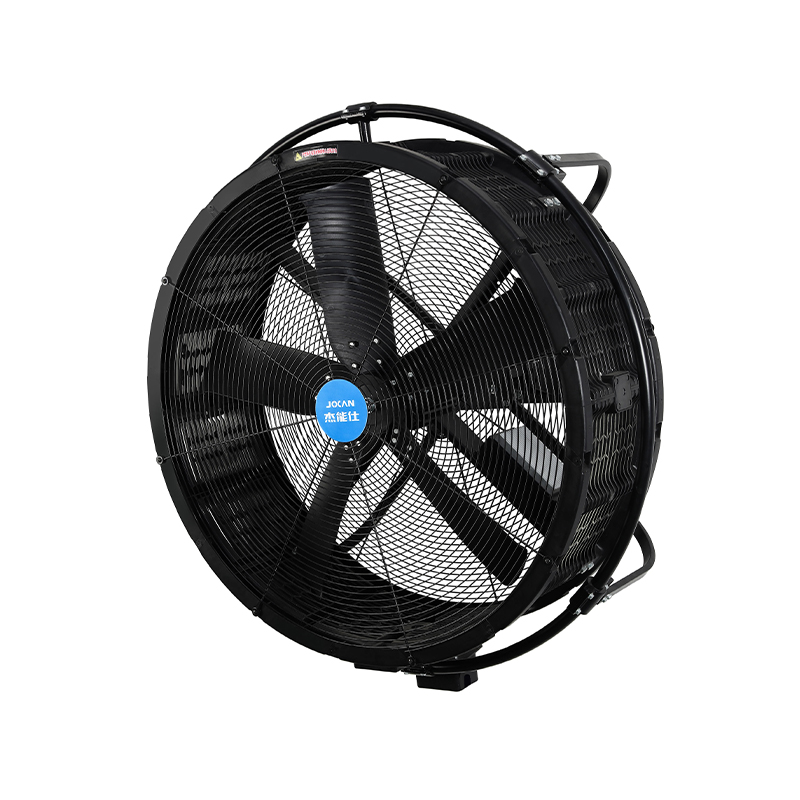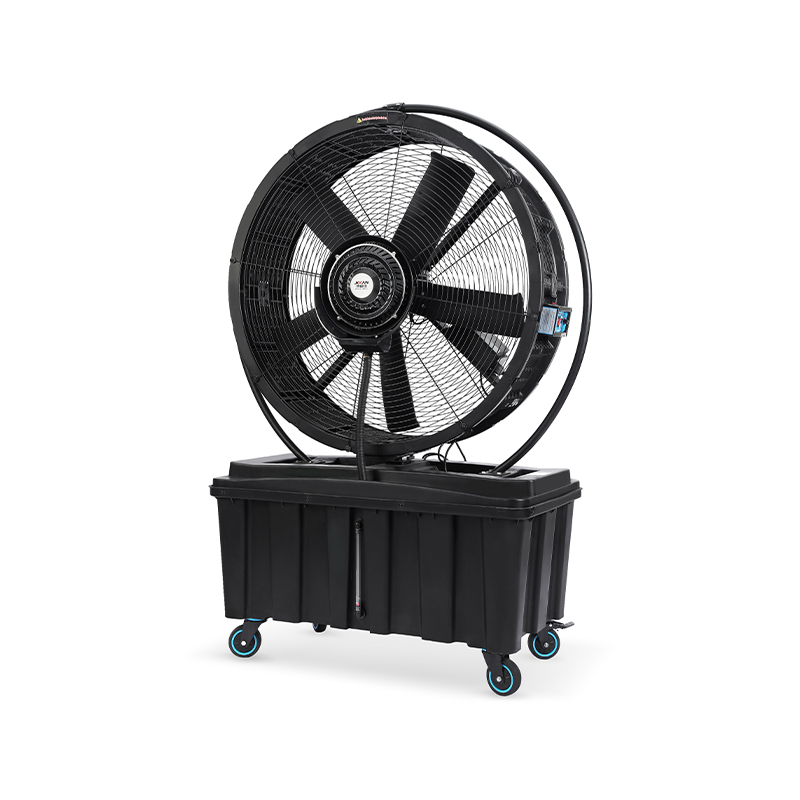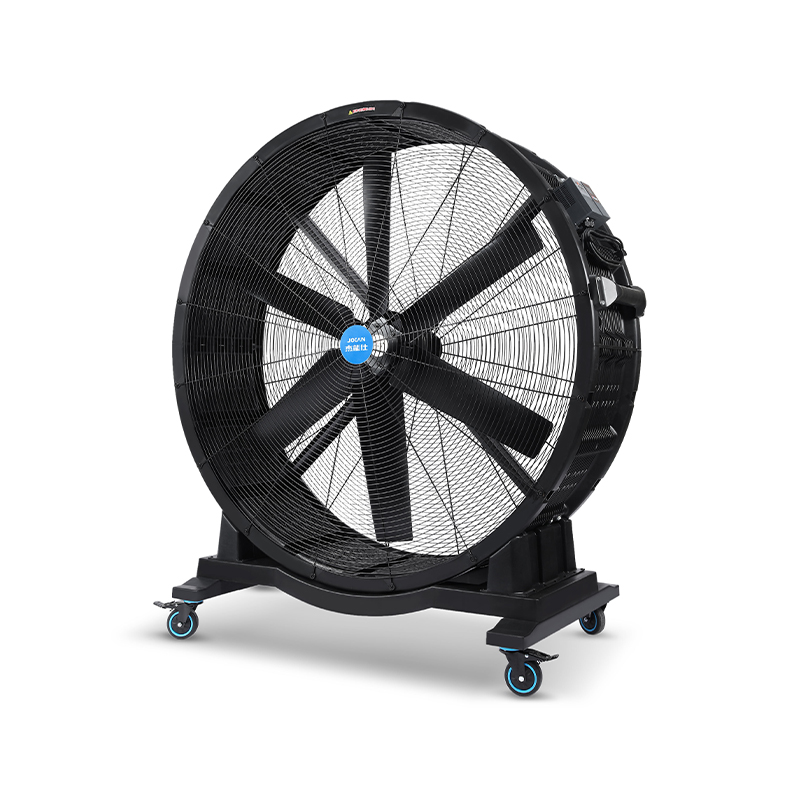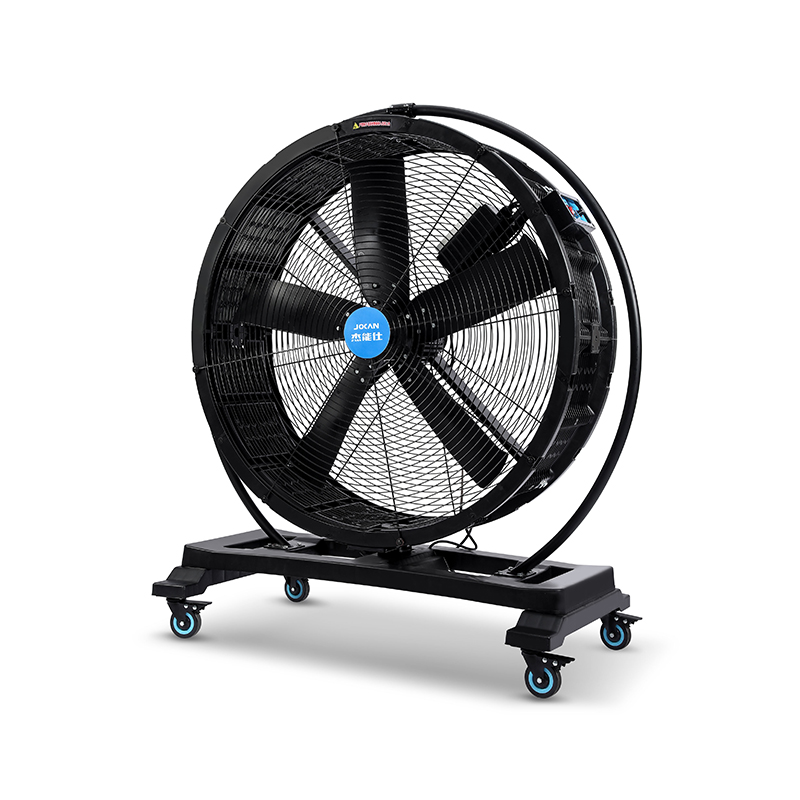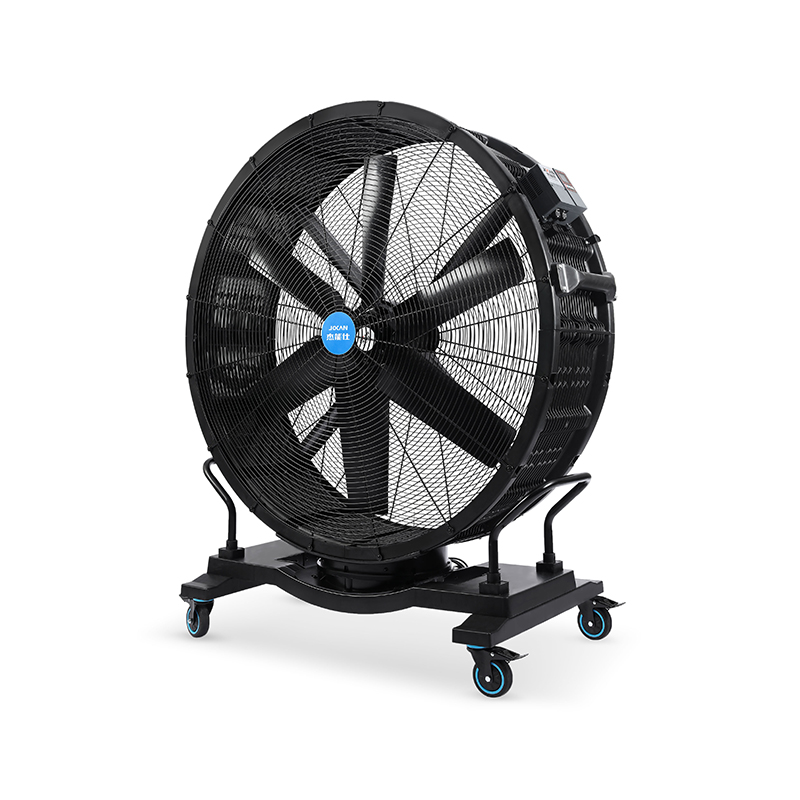The need for quiet operation is particularly important in spaces such as offices, libraries, medical centers, and modern open-layout homes. Traditional fans, especially large floor standing fan models and high capacity fan systems, often produce a constant hum or mechanical buzz that can interfere with concentration, conversation, or sleep. The challenge has been to retain powerful airflow in these fan products while significantly reducing the decibel output.
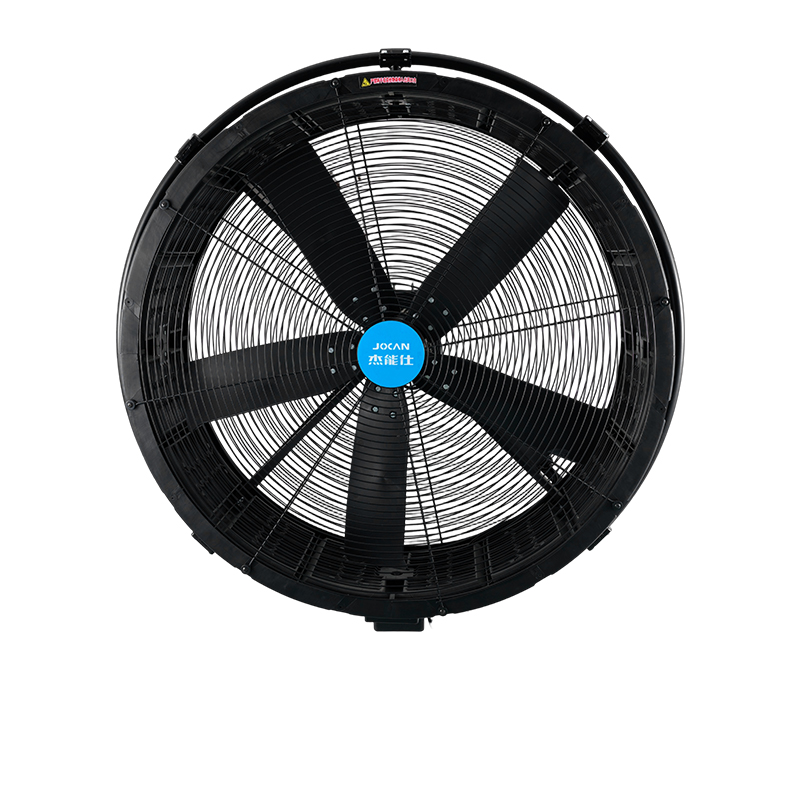
Recent innovations have addressed this issue by redesigning fan blades and housings to reduce turbulence and vibration. Some large floor standing fan designs now feature curved blades made of lightweight composite materials. These blades reduce resistance as they move through the air, which directly contributes to a quieter output. In addition, the motor housings in many high capacity fan systems are now equipped with vibration-dampening mounts and precision bearings, which prevent unnecessary mechanical noise during operation.
Another key development is the use of electronically commutated (EC) motors. These motors, widely applied in newer fan products, offer variable speed control with a small acoustic impact. Unlike traditional AC motors that often emit a high-pitched noise at startup or under heavy load, EC motors ramp up more smoothly and maintain consistent noise levels even at high speeds. This is especially noticeable in large floor standing fan models placed in conference halls, showrooms, or retail spaces where ambient noise levels are already low and a quiet fan is essential.
The control systems of modern high capacity fan units have also advanced. Many fan products now come with digital interfaces that allow users to fine-tune fan speed, oscillation, and airflow direction. Some systems even include sound sensors that automatically adjust fan speed based on the surrounding noise environment. This intelligent response not only contributes to quieter operation but also saves energy when full fan power is not necessary.
In industrial and commercial settings, large floor standing fan systems are being equipped with acoustically insulated housings. These enclosures are lined with sound-absorbing materials that significantly cut down on fan noise, even during extended periods of use. In warehouses or large open spaces, these high capacity fan units help maintain air circulation without adding to the soundscape. Workers can operate machinery, hold discussions, or conduct training sessions without being interrupted by loud fan operation.
It’s also worth noting that the design of the fan’s airflow path plays a critical role in sound management. Engineers are now shaping the interior air channels within fan products to create smoother transitions and reduce air turbulence. This reduces the “whooshing” sound often associated with high-speed airflow. As a result, users benefit from consistent air movement without the accompanying noise.
For residential users, this means that a large floor standing fan no longer needs to be a disruptive element in the room. Many new fan products blend into home environments both visually and audibly, offering high capacity fan performance with whisper-quiet function. Whether used in bedrooms, home offices, or nurseries, these fans provide comfort without disturbance.
As the demand for quieter environments grows across industries and households, fan technology continues to evolve. The improvements in motor design, blade construction, control interfaces, and acoustic insulation are shaping a new generation of high capacity fan systems that meet modern expectations. Users can now enjoy the airflow benefits of a reliable fan product—whether a compact desk fan or a powerful large floor standing fan—without sacrificing the peace and quiet of their surroundings.
In conclusion, the trend toward quieter operation in ventilation equipment is not just a response to customer preference—it’s a reflection of technological progress. From industrial to residential use, the new wave of quiet fan products is making clean, comfortable air more accessible—and more silent—than ever before.
 Add: Plot 23, Huanglang Industrial Zone, Jinqing Town, Luqiao District, Taizhou City, Zhejiang Province
Add: Plot 23, Huanglang Industrial Zone, Jinqing Town, Luqiao District, Taizhou City, Zhejiang Province
 TEL: +86-13586083215
TEL: +86-13586083215

 English
English English
English عربى
عربى 한국어
한국어


